NYC’s Forgotten ‘War on Christmas Trees’
Discover how an obscure holiday crackdown affects festive street vendors today!


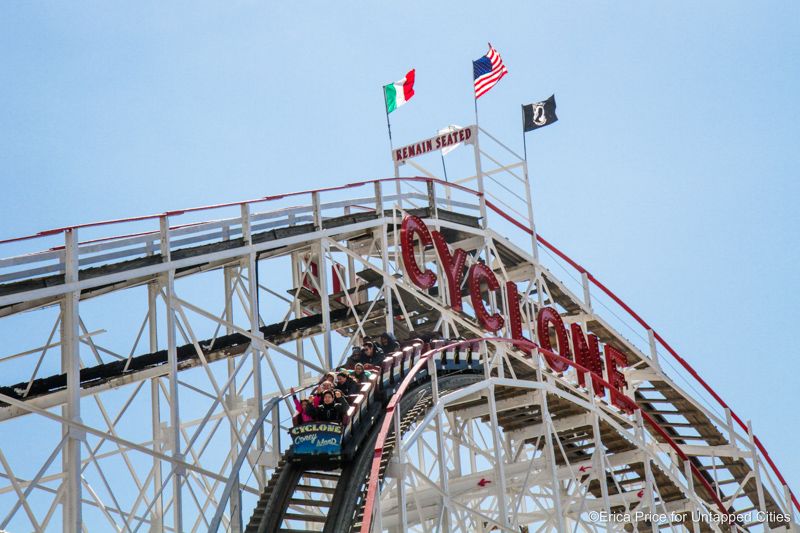
In addition to its stunning architecture and iconic skyline, New York City is recognized for its innovation. As a major cultural and artistic hub, it’s constantly fostering the exchange of ideas; unsurprisingly, the city has gone down in history as the birthplace of some noteworthy innovations that are now recognized around the world. This includes the recipe for Red Velvet Cake, born at the Waldorf Astoria Hotel, to the beloved children’s toy, Mr. Potato Head. The list is extensive, but here are 11 of our favorite inventions that have their origins in New York City. (Also, check out our previous list of foods invented here).
The experience of being stuck in a crowded subway car during rush hour is already brutal. Add summer heat and body odor to the equation, and your ride can be excruciating. Luckily, we have air conditioning to (somewhat) mitigate the pain.
Invented in 1902, the idea for the air conditioner was first conceptualized by a young engineer named Willis Carrier. At the time, employees at Sackett & Wilhelms Lithographing & Printing Company were fed up with working in the conditions of the printing plant. The heat and humidity would warp its paper, and change the way ink appeared on the page.
Carrier began experimenting with cooling methods by sending air through cold, water-chilled coils rather than hot coils, which were used to heat objects. The process allowed him to successfully cool air and regulate the humidity in the room — thus resolving the company’s printing issues. With the addition of some tweaks for size and efficiency, the invention was later made available to other companies, as well as for installations in homes and automobiles.
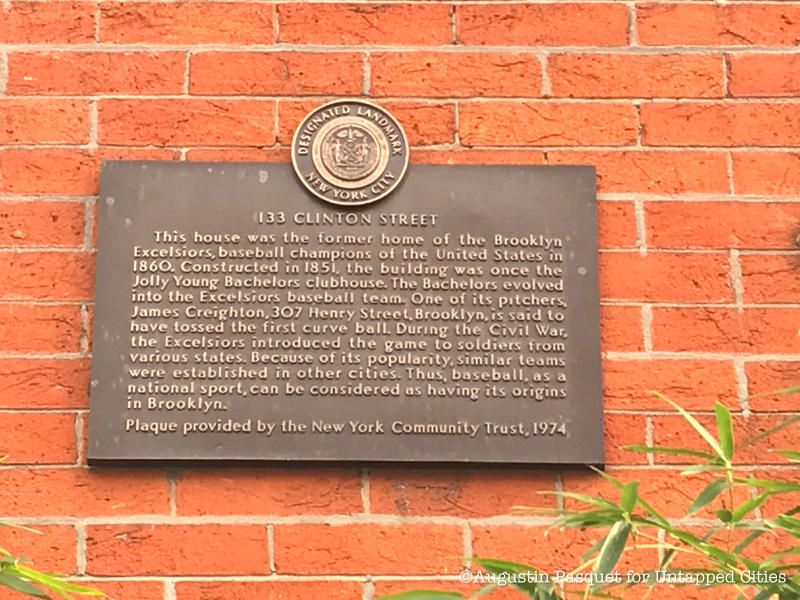
The plaque says it all: we have Brooklyn to thank for many things, but baseball is, perhaps, one of the most popular inventions in the United States today. According to some claims, the earliest known published rules of the game were actually written in 1845 for a New York City “base ball” club called the Knickerbockers, which was organized by Alexander Cartwright (regarded as the father of baseball).
However, Untapped Cities’ tour guide, Mandy Edgecombe, also notes that the first official game of baseball was reported to have taken place in Hoboken: “The very first game is memorialized on the intersection of Washington and 11th with a baseball diamond in the sidewalk,” she tells us. “When you drive into town all the signs say ‘birthplace of baseball and Frank Sinatra!'”
Interestingly, the lost sport of Ice Baseball also had it’s origins in Brooklyn: the first recorded game took place on February 4, 1861 between the Atlantics and the Charter Oaks, and was witnessed by 12,000 people.

The earliest known form of the tuxedo is actually called the smoking jacket: tailless coats marketed as evening wear, along with a pair of matching trousers. They contained one, two, or no buttons and a shawl collar made of ribbed silk or satin. The British elite were the first to wear the smoking jacket, usually donning Oxford grey or a deep blue colored coats. In fact, the style was extremely popular in the late 1800s, and jackets were made by the Henry Poole & co. Savile Row tailors.
The Tuxedo, as we call it today, showed up in popular menswear around 1888. It was essentially the same design as the British version, however, the actual naming of the suit occurred in our very own New York. It was named after Tuxedo Park, a Hudson Valley enclave for the New York’s wealthiest social elite. The “Tuxedo” became associated with those who wore this style of tailless dress coat while on the reserve. At first, only the jacket piece was called a Tuxedo; they were later paired and sold with unique matching trousers to formulate the entire suit.
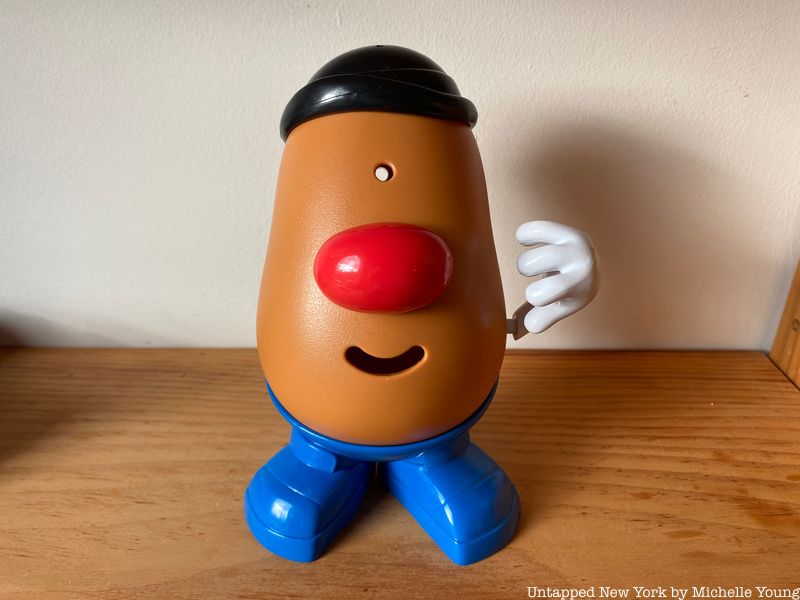
As a child, Brooklyn-born toy maker George Lerner would create “dolls” out of vegetables from his mother’s garden, using potatoes as their bodies and carrots, grapes and other items for body parts and facial features. He would make the dolls for his younger sisters to play with, and later developed his idea into the Mr. Potato Head we know and love today.
The toy was first sold only as parts: hands, feet, ears, two mouths, two pairs of eyes, four noses, three hats, eyeglasses, a pipe, and eight felt pieces mimicking facial hair. It did not initially come with the plastic potato, and children were encouraged to use actual potatoes to create their very own Mr. Potato Heads. This idea was controversial and thought to be wasteful at first due to the food rationing taking place during World War II. Lerner could only sell the plastic parts as toys in cereal boxes, until 1951 when the Hassenfeld Brothers (Hasbro) bought the invention and monopolized it.
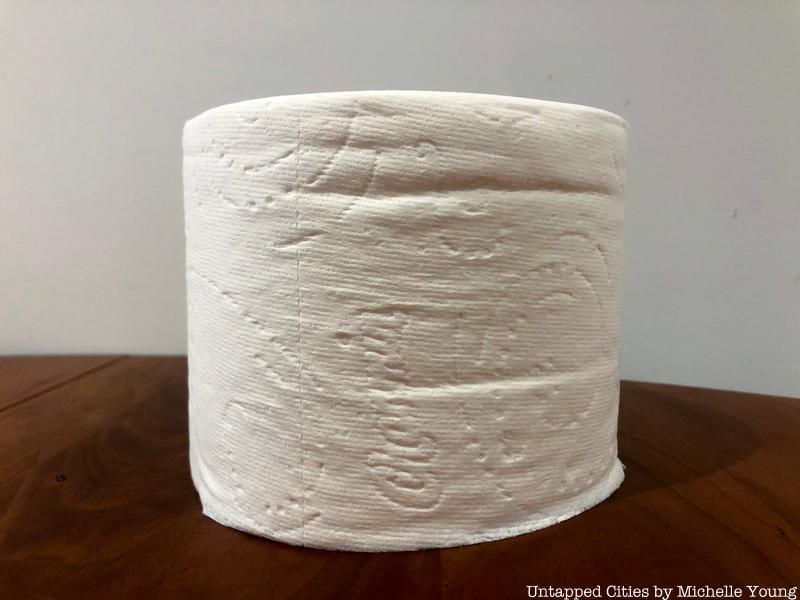
In 1857, Joseph Gayetty developed his revolutionary idea for toilet paper in New York. His “toilet paper,” however, was initially proposed as a medical accessory, advertised as an aid for people struggling with hemorrhoids. He sold packages of 500 papers made of hemp and infused with aloe, scented and printed with his name on every sheet. The product lasted in licensed use until the 1920s, but was ultimately a marketing failure.
However, many other inventors took Gayetty’s idea and expanded on it. In 1867, Thomas, Edward, and Clarence Scott created a new form of toilet paper, packaged as a roll with a hold in the corner that would allow it to be easily hung on the nail of an outhouse. They first sold the product mainly to hotels and drugstores, popularizing the rolls until they became readily available to the general public.

Esteemed Serbian-American, inventor Nikola Tesla, first came to the United States in 1884. He spent 59 years of his life living in New York, building some of the most important inventions known to mankind. One of his specific inventions was the world’s first wireless remote control, which he revealed to the public at Madison Square Garden in 1898. He demonstrated his invention with a miniature boat, which contained a metal antenna which could detect exactly one radio frequency.
Tesla used the remote control to operate the boat, directing it in the water. Although Tesla’s control was a success, it proved to be too expensive to use in the US Navy, his original client for the contraption. However, the idea of a remote control remained impressive, and spread to other types of technology, like the television.
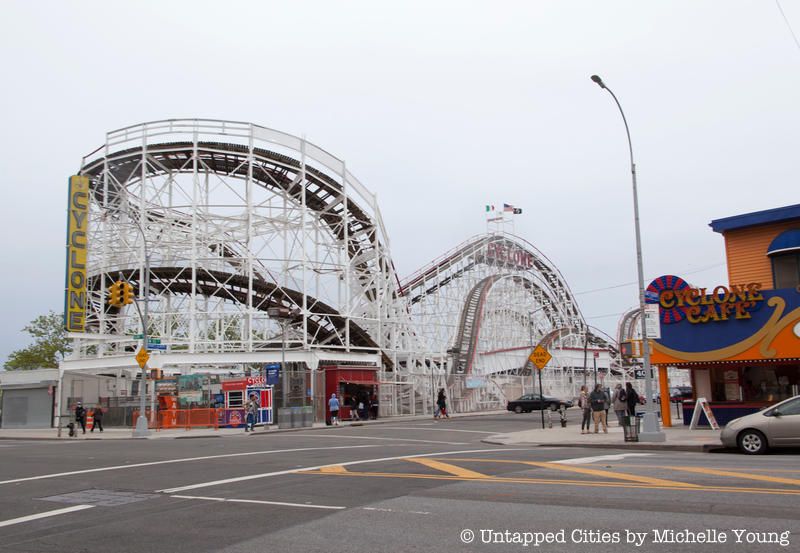
The Switchback Railway, a rocky-wooden ride at Coney Island, was the first roller coaster constucted as an amusement ride in America. It was first designed by LaMarcus Adna Thompson in 1881, and built three years later in 1884. The idea for this coaster was most likely inspired by the Mauch Chunk Switchback Railway, a scenic coal-mining train in the tall mountains of Pennsylvania. When the mine was tapped out, the track was converted to a tourist attraction in 1827, and included a swift drop that went at a speed of 65 mph.
The Switchback Railway cost five cents per rider. The customers would climb a tower to enter the coaster, then ride at a speed of six miles per hour along a 600 foot trail to another tower, where the cart switched to a return track; hence the name, Switchback Railway.
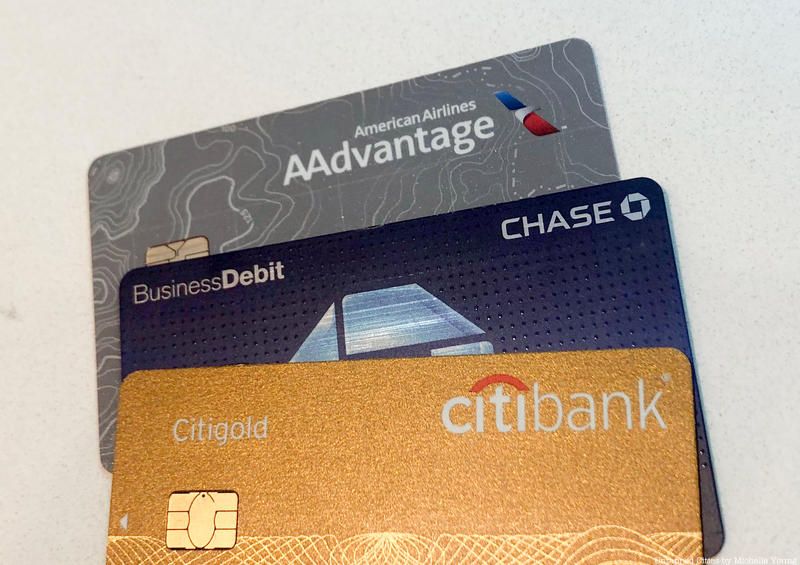
The first credit cards were created in 1946 by a Brooklyn banker named John Biggins, who generated a bank-issued charge card called the “Charg-It” card. Purchases made by holders of Charg-it cards were forwarded to Biggins’ bank, where the costs were reimbursed then later requested from the customer. This operation became known as the “closed-loop” system. Only members of Biggins’ bank could own a Charg-it card, and customers could only use their cards at local businesses.
This idea of a charge card showed up again in 1950, but for an entirely different purpose. One day, a frequent customer of New York’s Major’s Cabin Grill named Frank McNamara forgot to bring his wallet to a business dinner. This experience inspired his idea for a Diners Club Card, which customers could use to buy their dinners. By 1951, 20,000 people were Diners Club cardholders, and the idea for “plastic money” grew out of it.
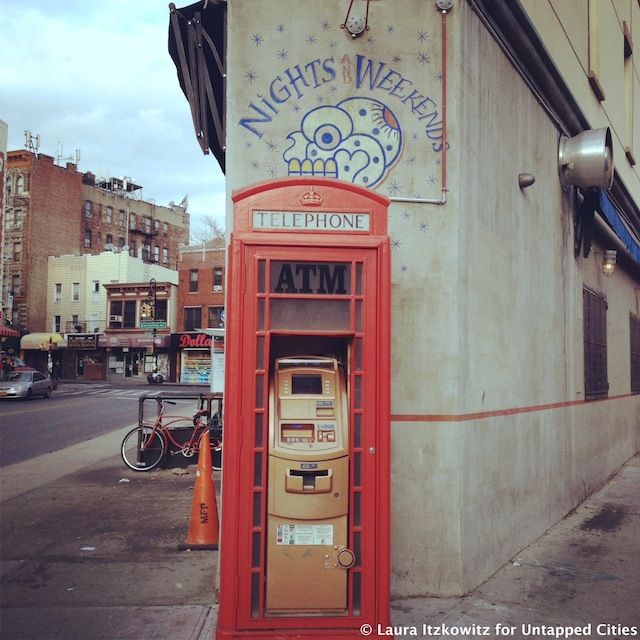
The first ATM, called the Bankograph, was created by a well known and patented inventor named Luther Simjian. The Bankograph was made to accept cash or check deposits at any time of the day or night. Simjian sold a few of his Bankograph machines to a New York City bank in 1960, but the idea did not catch on right away. At first, the machines were mainly used by gamblers and prostitutes who didn’t want to cash their money in person. Therefore, there was no real demand for more of the machines.
The next ATM machine to gain popularity was created by an engineer named Donald Wetzel. Wetzel’s version of the ATM used credit cards to carry out transactions. A Chemical Bank branch located on Long Island was the first to install Wetzel’s invention in 1969, where the machine’s use and popularity grew. By 1970, a multitude of banks began installing ATM machines.

Of course, New York did not invent Christmas. However, New York is responsible for how the holiday is actually celebrated today. A number of works emerging from 19th-century literature revolutionized the American idea of Christmas. Washington Irving, a renowned writer from New York City, wrote “Diederich Knickerbocker’s History of New York” in the early 1800s. In the story, he depicts Santa Claus riding through the skies in a horse and wagon, shimmying down chimneys to deliver presents to children.
In 1821, a children’s book called “The Children’s friend” later switched Santa’s horse and wagon to reindeer and a sleigh, creating the image of Santa Claus as we know today. Then in 1823, another New York writer named Clement Clarke Moore wrote one of the most famous Christmas poems of all time, “A Visit from Saint Nicholas.” Moore is credited with naming each of Santa’s eight reindeer. New York merchants harped on these ideas, pushing the New York tradition of decorations and gift-giving come Christmastime. The tradition eventually spread across the country, ultimately shaping the picture of Christmas we have today.
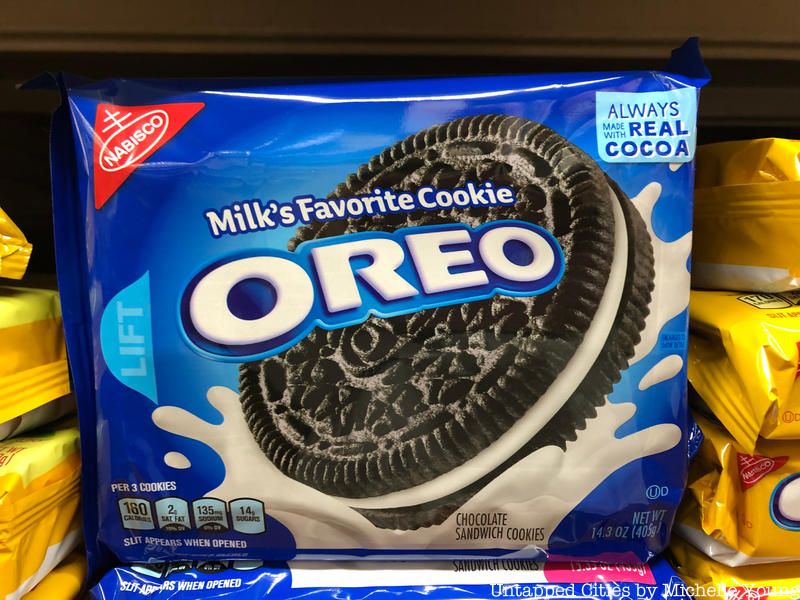
America’s favorite cookie was first invented by Nabisco (The National Biscuit Company) in New York City’s Chelsea Market. It was in 1912 that the comapny, looking to create a cookie similar to the Hydrox creme-filled sandwich cookie manufactured by Leaf Brands, invented the Oreo. Originally called the Oreo Biscuit, the sweet treat was first sold to a grocer in Hoboken, New Jersey on March 6, 1912, and trademarked a week later.
The cookie’s face design, introduced in 1924 to replace a more simplistic design, has remained the same ever since. It’s believed that the Oreo was developed as America’s attempt to break into the biscuit business more or less dominated by British companies. In fact, the popular English practice of dipping biscuits in tea is thought to be the main reason for the aggressive campaign for Oreo cookies to be dipped in milk. The beloved treat is now over a century years old, and remains as popular as it was upon its discovery.
Next, read 12 Surprising Foods That Were Invented in NYC and check out 7 International Street Foods You Can Find in NYC.
Subscribe to our newsletter